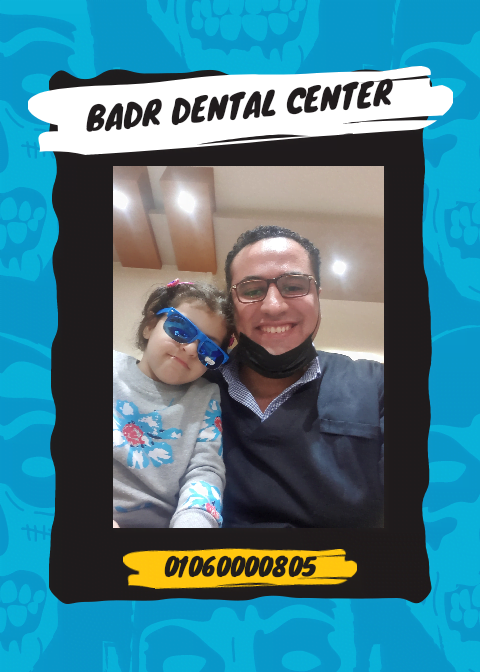If the tooth to be extracted has an abscess, special procedures may be needed to clean out the abscess and treat the infection before the tooth is extracted. The type of procedures needed depends on the size and location of the abscess and the patient’s age and general health.
The abscess is usually cleaned with antibiotics and pain relievers, and when the abscess becomes less swollen and less irritated, the molar causing the abscess can be extracted. The tooth is extracted after anesthesia of the surrounding area with local anesthetic, and the soft tissue surrounding the tooth is dismantled using molar forceps and removed from the root in the bone.
The patient may feel some pain and discomfort after the removal of the molar tooth and cleaning the abscess. To reduce pain and swelling, it is usually advised to take medications prescribed by a doctor, and to avoid hard, hot and cold foods, smoking, and gargling with salt water.
Patients should consult with their dentist to determine whether molar extraction and abscess cleaning is the best option for their condition and to determine the potential risks and benefits of the procedure. Other treatment options, such as dental or root fillings or other restorations, are determined according to the condition of the teeth and the dentist’s opinion.


